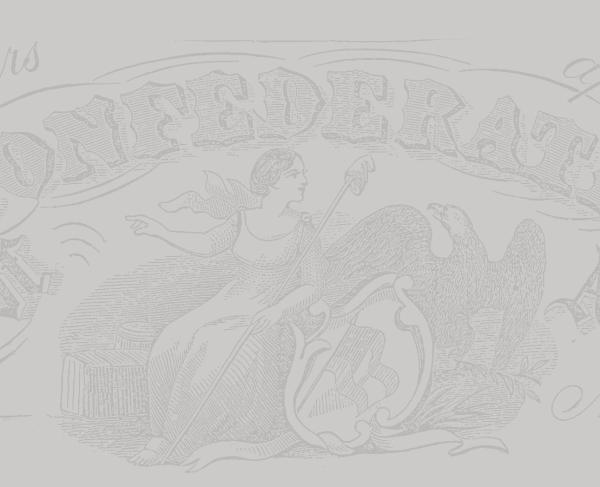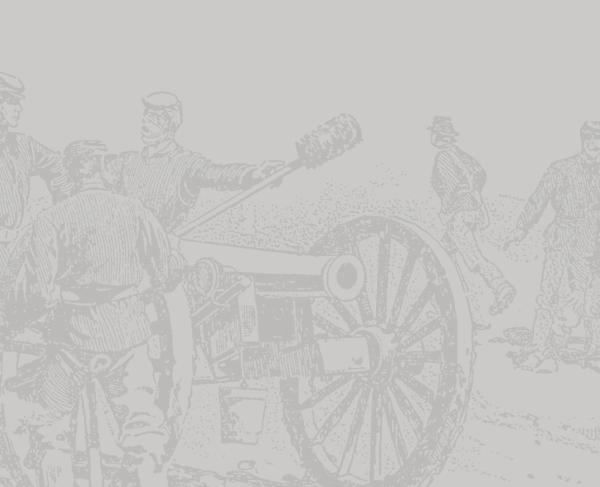Civil War Music: The Battle Hymn of the Republic

Of all the songs written during and about the War, perhaps none is as strongly identified with the Union cause today as Julia Ward Howe's stirring "The Battle Hymn of the Republic." For over 138 years this song has been a fixture in patriotic programs and is still sung in schools and churches across the nation.
In the early days of the War, the song "John Brown's Body" was wildly popular. Although in its original incarnation it had nothing to do with the notorious abolitionist leader hanged at Harpers Ferry on December 2, 1859, it became inextricably identified with him and acquired new verses that were sung by Federal troops and Union sympathizers alike. The tune was borrowed from an old Methodist hymn, "Say, Brothers, Will You Meet Us?" by William Steffe.
In November of 1861, Julia Ward Howe, the daughter of a well-to-do New York City banker, was touring Union army camps near Washington, D.C. with Reverend James Freeman Clarke and with her husband, Dr. Samuel Gridley Howe, who was a member of President Lincoln's Military Sanitary Commission and a fervent abolitionist. During the course of their camp visit, the group began to sing some of the currently popular war songs, among them "John Brown's Body." In one of those rare flashes of inspiration that leave their mark on the history of a nation, Reverend Clarke was moved to suggest that Mrs. Howe pen new lyrics to the familiar tune. She replied that she had often thought of doing just exactly that.
The following morning, as Mrs. Howe later described it, she "awoke...in the gray of the early dawn, and to my astonishment found that the wished-for lines were arranging themselves in my brain. I lay quite still until the last verse had completed itself in my thoughts, then hastily arose, saying to myself, 'I shall lose this if I don't write it down immediately.'"
Mrs. Howe's lyrics first appeared on the front page of the Atlantic Monthly in February of 1862. Editor James T. Fields, who paid her $5 for the piece, is credited with having given the song the name by which it is known today.
After the war, Mrs. Howe was active in the women's suffrage movement. In 1868, she founded the New England Women's Club and was one of the founders of the New England Women's Suffrage Association. She was much in demand as a lecturer. Although she continued her writing, nothing she produced ever achieved the popularity of "The Battle Hymn of the Republic." She died October 17, 1910, at the age of 91.
The lyrics are:
Mine eyes have seen the glory of the coming of the Lord;
He is trampling out the vintage where grapes of wrath are stored;
He hath loosed the fateful lightning of His terrible swift sword,
His truth is marching on.
CHORUS:
Glory, glory, hallelujah! Glory, glory, hallelujah!
Glory, glory, hallelujah! His truth is marching on.
I have seen Him in the watchfires of a hundred circling camps;
They have builded Him an altar in the evening dews and damps;
I can read His righteous sentence by the dim and flaring lamps,
His day is marching on.
CHORUS
He has sounded forth the trumpet that shall never call retreat;
He is sifting out the hearts of men before His Judgement Seat.
Oh! Be swift, my soul, to answer Him, be jubilant, my feet!
Our God is marching on.
CHORUS
In the beauty of the lilies Christ was born across the sea,
With a glory in his bosom that transfigures you and me;
As he died to make men holy, let us die to make men free,
While God is marching on.
CHORUS

